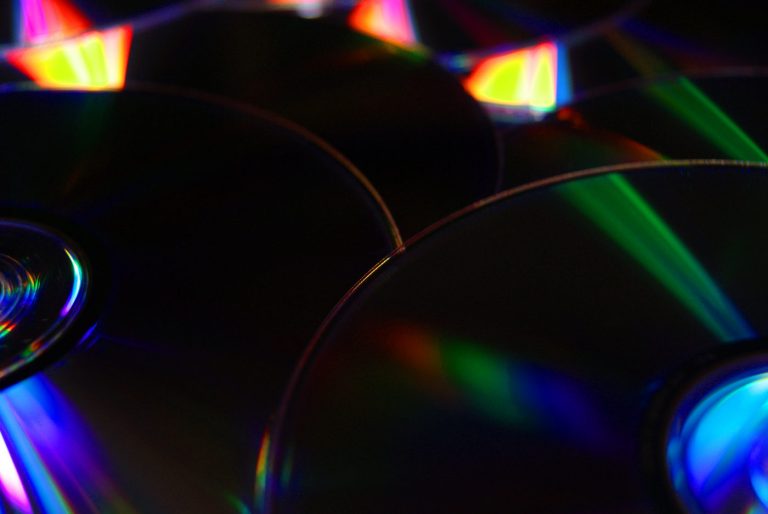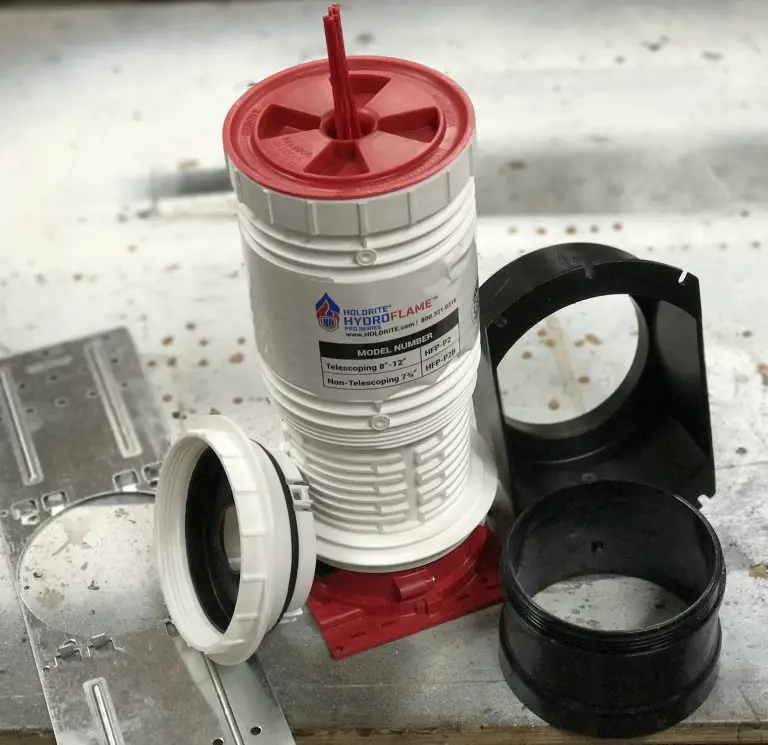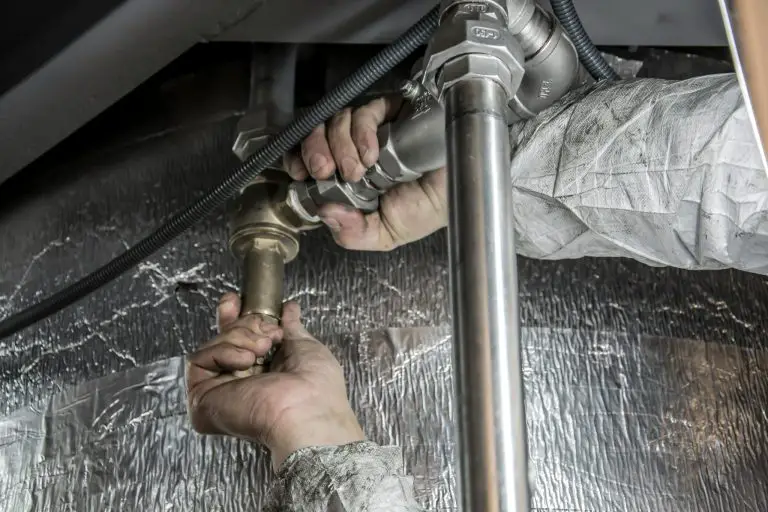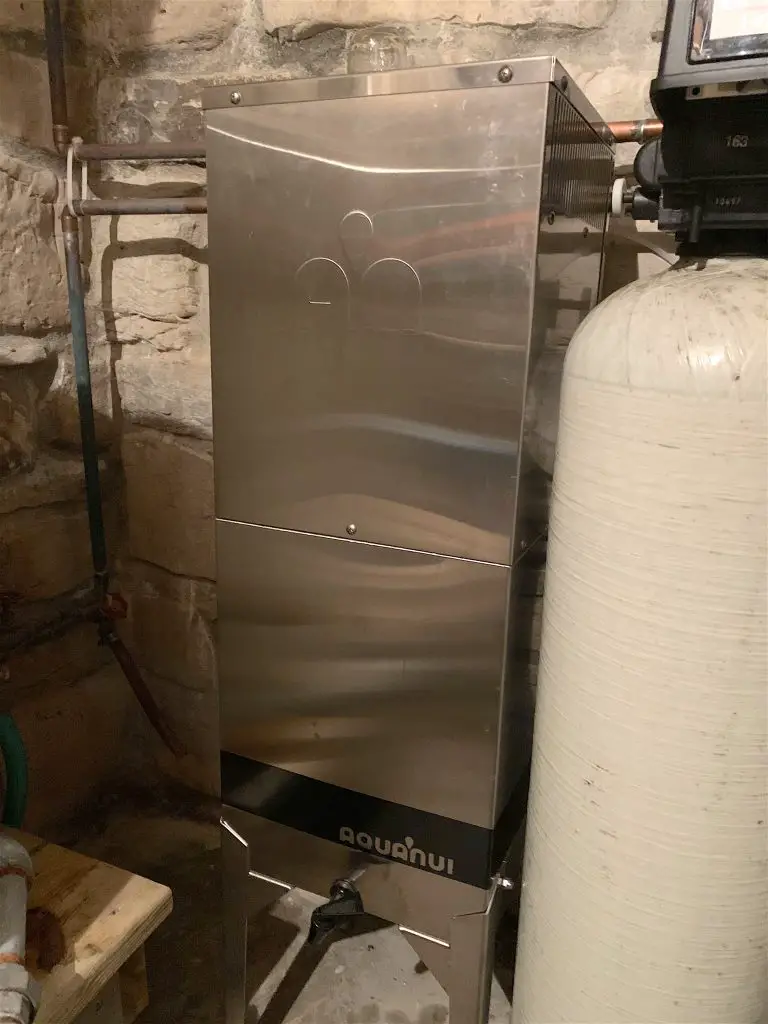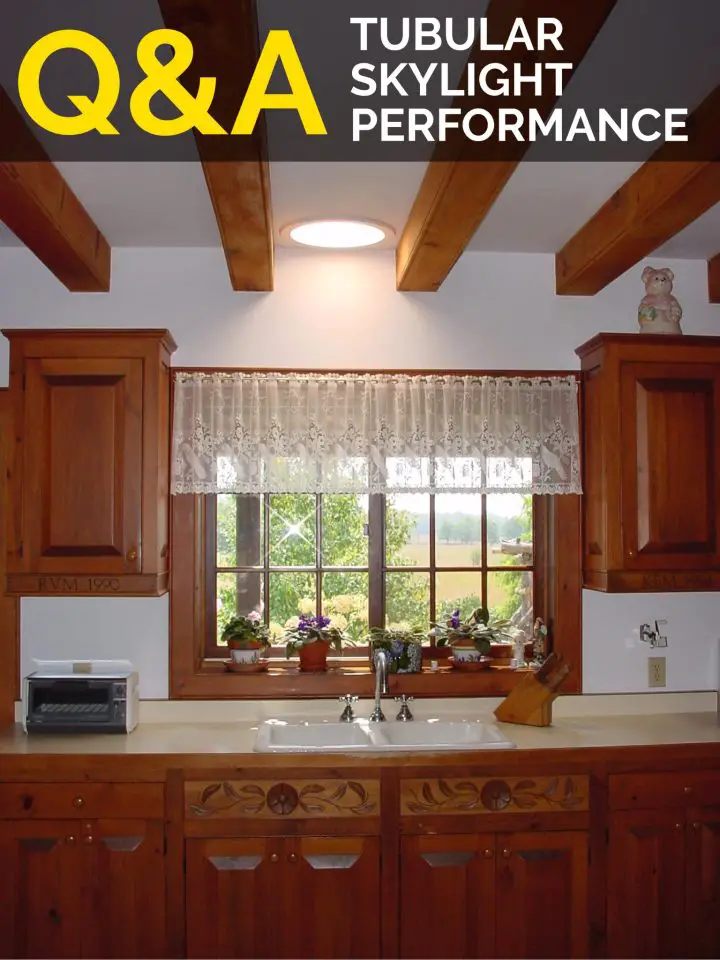
Every so often I get people asking me about the tubular skylight in our house. They’ve seen it in videos I’ve made or articles I’ve written, and the questions are something like the one below:
“What are your thoughts on tubular skylights? You’ve written about them before, but I wonder if you still like them. Some people I’ve heard complain about condensation forming inside during winter, and others say tubular skylights reduce roof insulation.”
Tubular skylights are large sheet metal pipes, with shiny interior surfaces made to direct sunlight downwards from the roof to rooms below. A clear dome on the roof lets light in while also keeping rain out. I installed a tubular skylight in my own home in 2001 to brighten the area above our kitchen sink and I’ve never had any trouble with it.
The installation works very well, there’s never been any condensation or leaking, and it makes life quite a bit nicer while doing dishes. The unit I installed also has a built-in light fixture inside the tube that lights up when you turn on the main kitchen lights at night. Solatube is the brand name of the unit I put in, and I can fault it in any way. You can see the skylight in action in my kitchen below.
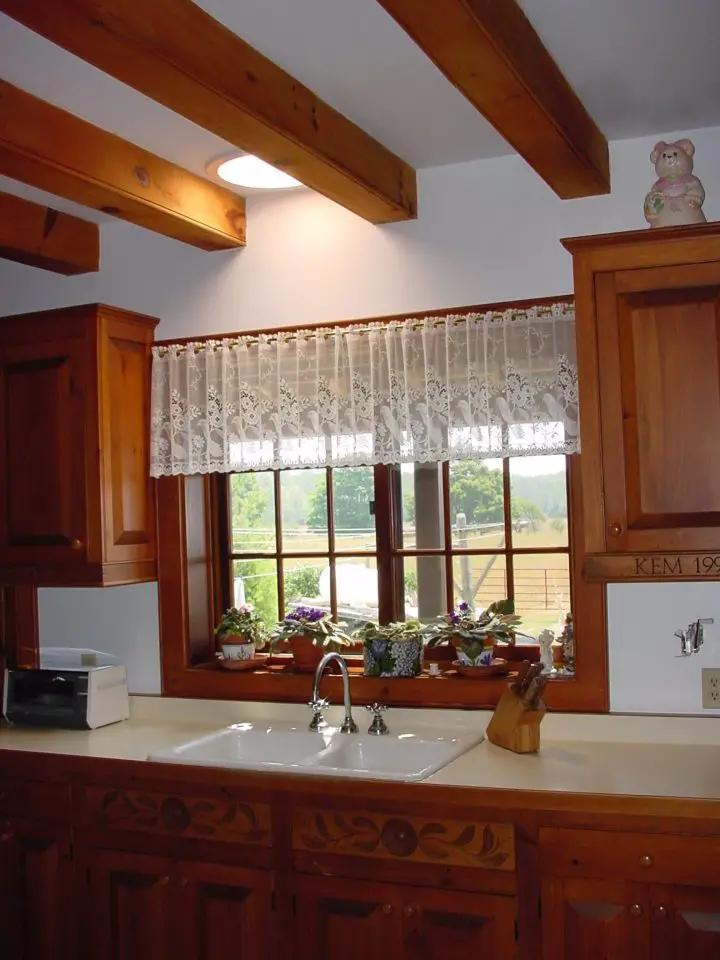
Click here to learn more about the installation process I followed.
If you want even more light than a tubular skylight can deliver, (and plenty of fresh air) you might consider an openable skylight. The best have a solar panel that recharges and internal battery for opening and closing the window automatically. The video below shows a solar skylight installation I did back in 2003. Everything works the same way nowadays.
- Video Watch Time = 5 minutes







